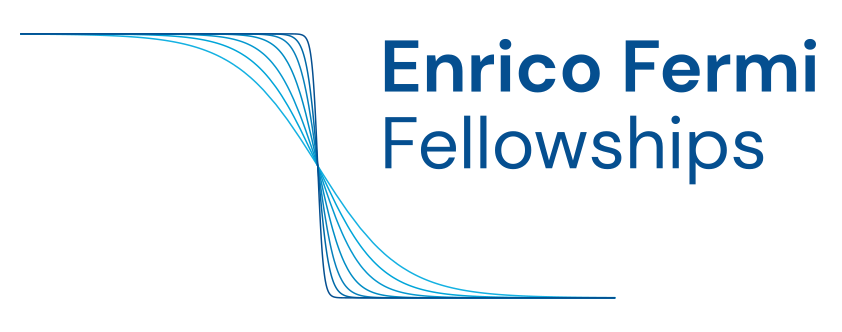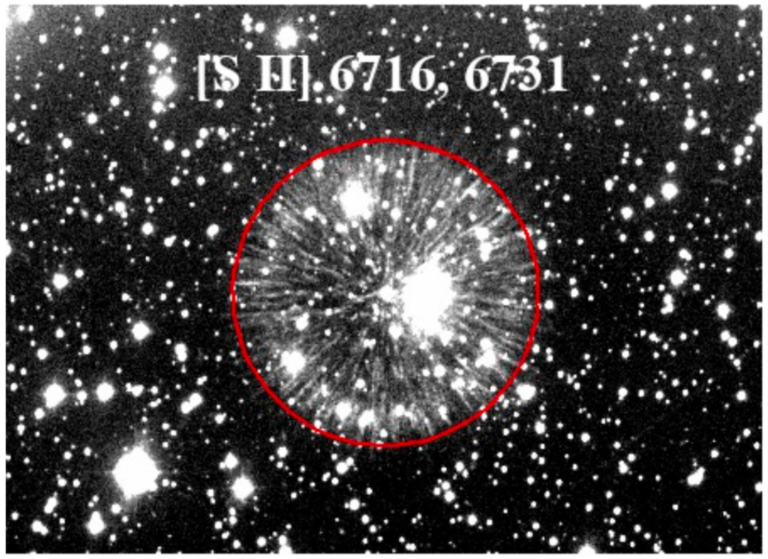University of Tokyo
Supervisors: Aya Bamba (University of Tokyo) – Toshikazu Shigeyama (Research Center for the Early Universe)
Short Bio: I am a PhD candidate in astronomy at the University of Tokyo, specializing in the origin and diversity of supernova explosions. My research combines observations from world-class telescopes with numerical simulations to explore how white dwarfs explode under different conditions. I have led multi-wavelength studies using radio, optical, and X-ray data, and I often collaborate across disciplines̶from historical astronomy to computational physics.
My current project focuses on unraveling the mystery of SN 1181, a historically recorded supernova whose unusually faint remnant is helping us probe rare pathways of stellar explosions.




